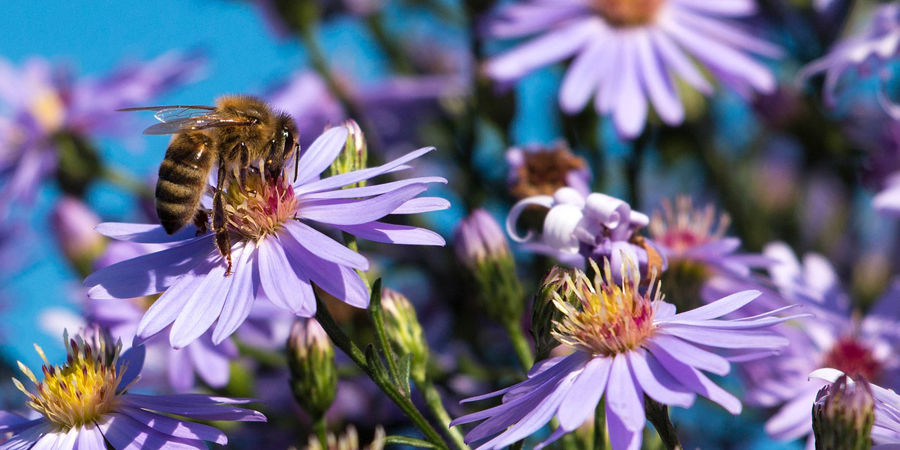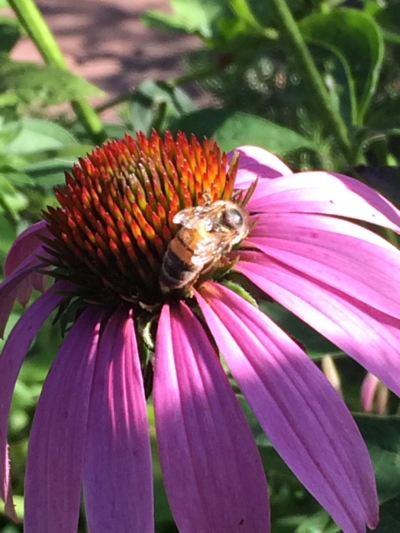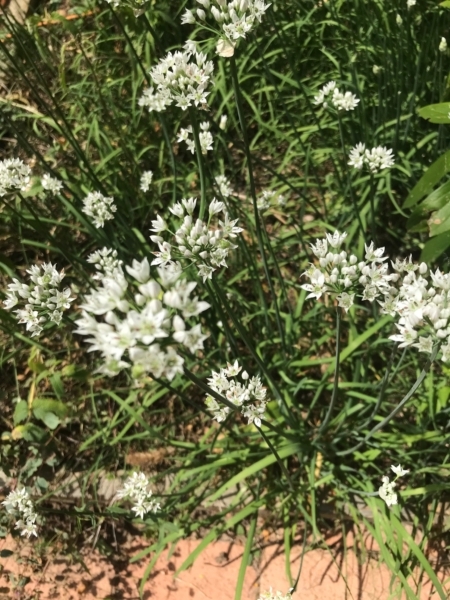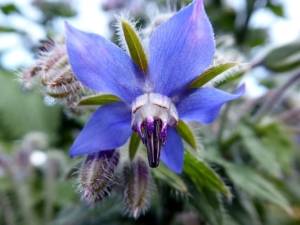Fall Blooming Plants for Pollinators

photo courtesy of pixabay – 1735564
Wildflower Seeds
by Heather Stone
As the days become shorter and the nights cooler and the season shifts from summer to fall many of us can find our gardens to be a little lackluster. Not much is blooming after the abundance of color throughout the spring and summer.
This is where fall blooming plants come in. There are many native and non-native plants that bloom in late summer and fall that can keep your garden filled with color.
But, autumn-blooming plants don’t just benefit the gardener. As the bountiful blossoms of spring and summer decrease, it is important to provide pollinators with plenty of food sources as they begin to prepare for winter. Hummingbirds and butterflies will need plenty to eat before heading south and the honeybees and native bees need to gather as much pollen and nectar as possible to create winter food stores.
Here is a list of fall blooming plants that make great additions to the garden.
Fall Blooming Perennials:
- Asters-there are various species of asters native to different parts of North America. Most plants have flowers in shades of white, blue, purple and pink. They are drought tolerant, grow to around 2-3’ and do best in full sun to part shade. Attractive to various species of bees, including bumblebees and leafcutter bees. Some species help fuel monarch butterfly migration.

- Black-Eyed Susan-the brilliant yellow flowers of Black-eyed Susan are long blooming and loved by both bees and birds.
- Blanket Flower– this tough plant needs little water, blooms a long time and it’s orange, red and yellow flowers are beautiful. Of course, the pollinators love it too!
Want to know more about the pollinators that visit blanket flower? Check out this link: https://bit.ly/2BvEmj4
- Liatris-the tall pinkish-purple flower spikes bloom late summer and attract a plethora of bees and butterflies.
- Goldenrod– when the goldenrod starts to bloom I know fall is just around the corner. There are a variety of native goldenrods all being easy to grow, drought tolerant and excellent bee plants.
- Purple Coneflower– this long-lived perennial comes to life in late summer with a striking display of large purple flowers and attracts a variety of bees and butterflies.

- Garlic Chives- when the white star-shaped flowers of garlic chives start to bloom they are abuzz with so many bees you won’t believe your eyes. They are a late season nectar source for butterflies too.

Fall Blooming Annuals:
These flowers have been working hard in the garden all summer and will continue to bloom until the first frost strikes.
- Cosmos– these drought-tolerant flowers come in shades of pink, white and red and will begin to bloom in late summer and last well into fall.
- Cleome-with ample nectar stores, the pink to lavender flowers of this western native are loved by bees and butterflies.
- Calendula-this long-time garden favorite loves the cooler weather of fall and its flowers of yellow, orange and gold add a great splash of color to the garden.
- Borage– the long-blooming, blue, star-shaped flowers are adored by the bees.

Photo courtesy of Pixabay virginie-I
Check out this blog post about borage- https://bit.ly/2MtXMKv
- Mexican Sunflower– loved by bees, butterflies and hummingbirds the vibrant orange blooms will last until frost.
- Marigolds– this garden staple will add a blast of color to your border and looks great in pots.
- Sunflowers-nothing is more cheerful than a sunflower and the bees, butterflies and birds adore them.
- Zinnias– with blooms in every color of the rainbow these long-lasting flowers are a great addition to the garden and the bees love them.
- Pincushion Flower– both the perennial and annual varieties of the pincushion flower produce a sweet fragrance that attracts butterflies, bees and hummingbirds. Regular deadheading of the spent blossoms will keep these beauties blooming all season long.



Leave a Reply
Want to join the discussion?Feel free to contribute!